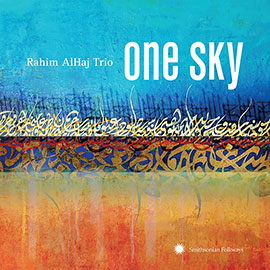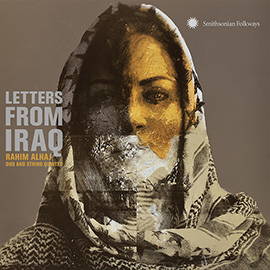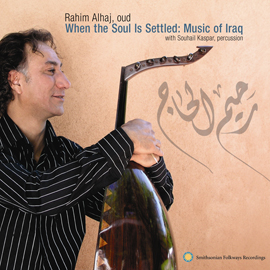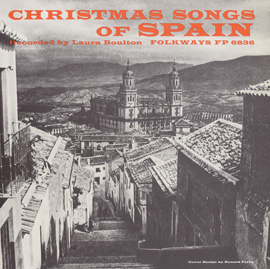Summary
Use video and music to discover the ancient Middle Eastern stringed instrument, the oud. Discuss the history of the instrument and compare different styles of playing. Learn to identify and repeat the different rhythms.
Suggested Grade Levels: 3-5
Country: Iraq, Andalusia, Turkey
Region: Middle East
Culture Group: Arab
Genre: World
Instruments: Oud, Percussion
Language: Arabic
Co-Curricular Areas: Social Studies
National Standards: 2, 6, 8, 9
Prerequisites: None
Objectives:
- Listen to and identify sound of the oud
- Find and play rhythmic pulses on body percussion and instruments
- Create movement to show rhythmic pulse (2+2+3)
- Observe performance practice of the oud as it is used in several parts of the world by various musicians
Material:
- Video: Rahim AlHaj, Iraqi oud virtuoso, records “Rast”
- “Taqism on the Oud-Andalusian Style” from Melodies and Rhythms of Arabic Music (FW08451)
- “Laz Bar (Black Sea Fisherman’s Dance)” by George Mrgdichian from Now Sounds of the Middle East (MON71709)
Lesson Segments:
- What is the Oud? (National Standards 8, 9)
- How Do You Play It? (National Standards 8, 9)
- Let’s Dance to It! (National Standard 9)
Lesson Segment #1: What is the Oud?
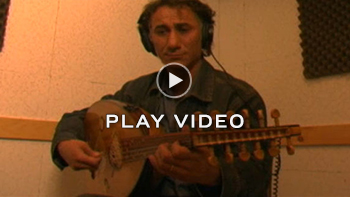
Video: Rahim Alhaj featuring Souhail Kaspar "Rast" Studio Session May 5, 2005 Smithsonian Folkways Recordings
Procedure:
1. Video Viewing/Listening: Watch video of oud virtuoso, Rahim AlHaj in recording studio with percussionist Souhail Kasper.
- As you keep a steady beat with your feet, identify rhythm patterns used by the Rubâb and the Tabla.
2. Discussion:
- Identify the instrument as the oud, played by an Iraqi virtuoso and composer who is recording his new CD on Smithsonian Folkways.
- Discuss what makes the oud similar and different from other stringed instruments you might see in a recording studio.
- Discuss the history of the oud: 5,000 years old, it came to Europe as a result of the Crusades, and was developed into the lute often heard in Renaissance music.
Assessment:
- Can the students explain the basics of the oud? Can they identify it if given a sample?
Lesson Segment #2. How Do You Play It?
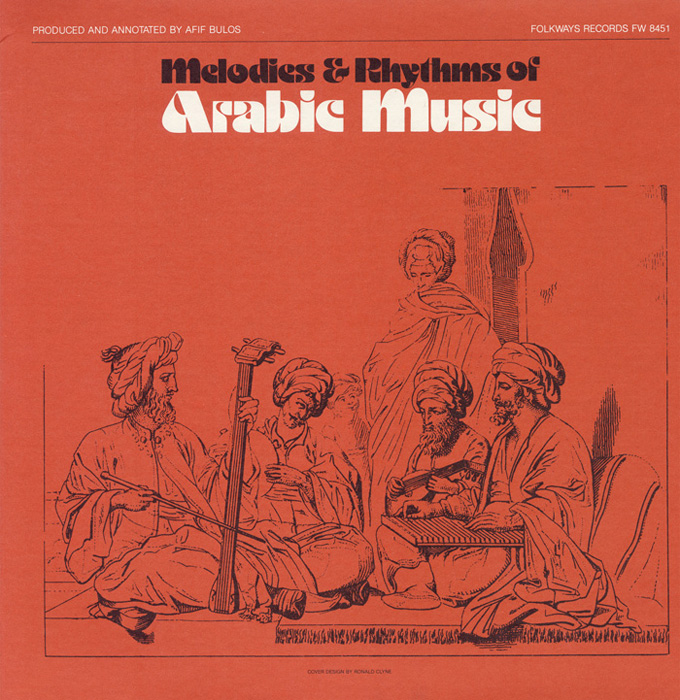
“Taqism on the ’Oud”
from Melodies and Rhythms of Arabic Music (1981) | FW08451
Procedure:
1. Listening:
- Listen to “Taqism on the Oud-Andalusian Style” and try to find a pulse to tap; is there a regular pulse?
2. Discussion:
- Compare this piece the music heard on the video. Sometimes there is no pulse in this form of music, called taqsim.
- It is an improvised form of music in which the performer plays in a particular mode that tells him or her the scale, melodic patterns, and rhythmic structure to use.
- He or she can then determine how to change certain parts to make it more interesting and exciting for the audience.
Assessment:
- Can the students determine the difference between the different types of music? Can they explain the pulse and how it is used in different musics?
Lesson Segment #3. Censorship in Afghanistan
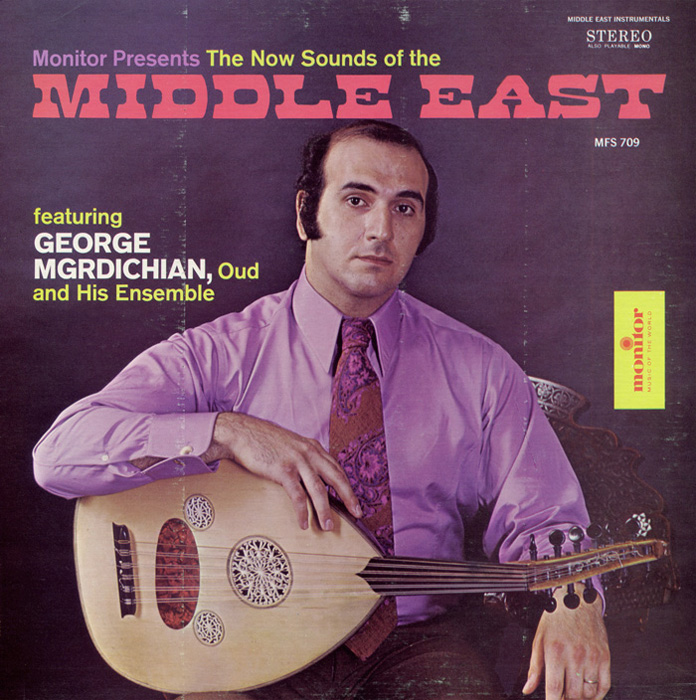
“Laz Bar (Black Sea Fisherman’s Dance)”
from Now Sounds of the Middle East (1996) | MON71709
Procedure:
1. Listening:
- Listen to Laz Bar (Black Sea Fisherman’s Dance).
- Find and tap the pulse (listen to the lowest pitches you can hear).
- Note briefly that this music is from Turkey and the main melodic instrument is the oud.
2. Playing:
- Play this “low part” on body percussion and then on a pitched instrument (Bass xylophone) while listening again.
3. Moving:
- Step with the “low part” (2+2+3).
- In small groups, create a “Black Sea Fisherman’s” dance to show the pulse and rhythmic flow.
Extension:
- Learn to play a Middle Eastern melodic mode on a ukulele or guitar and rhythmic modes on hand drums.
- Create music using these modes as structural guidelines.
Assessment:
- Can the students find and relate to the lowest bass part through body percussion, instruments, and dance?




